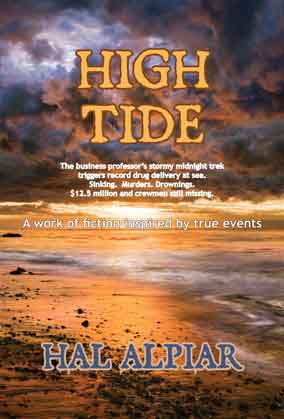Nov 30 2013
Organizational Heart Failure
O.D. or D.O.A. ?
When O.D. (Organizational Development) fails to resuscitate a dying enterprise, there are seldom more than two options to pursue. The first, and most prevalent, is to simply roll the victim organization over and declare it D.O.A. (Dead On Arrival).
The second is more challenging and sings to the accompanyment of opportunities: It’s called O.R. (Organizational Rebirth) and is cornerstoned by an massive infusion of E.L. (Entrepreneurial Leadership).
Every size and type of organization —profit AND nonprofit— comes face-to-face with life-threatening problems at some point (and at least once) in it’s lifetime. Most often, it appears that the malignancy stems from some form of poor management, and more often than not appears to evidence itself as an issue of financial shortcoming.
Example: You can’t run a nonprofit organization that’s not conducting ONGOING fundraising and grant procurement efforts. Regardless of good intentions, without money there’s nothing to run.
When the principals who are involved decide that it’s time to overhaul, restructure, refurbish, rearrange, rebuild, reinvent . . . go for it! BUT, call it something that organization people can relate to, feel positive about, commit to and enthusiastically support. Ask THEM to brand the project with a name and identity.
It’s the leader’s job to determine the purpose, intent, mission, goals/objectives, strategy, and tactics. It’s the leader’s job to “rally the troops,” motivate and guide, to solicit feedback, to listen 80% of the time. Make-believe leaders push. Real leaders pull!
Remember leaders can delegate authority,
but not responsibility.
When it’s time to choose to fold up or buckle up, don’t choose to make it hard. Don’t choose to make it daunting. Don’t choose to make it more stressful than it may be. Don’t choose to make it overwhelming. Don’t be a drama queen. Don’t be overbearing. Choose instead to think like a leader and act like an entrepreneur.
Reinventing yourself as a person or as an organization doesn’t have to be drudgery or negative or threatening unless you choose it to be. Choose for it to be fun! Choose for it to be easy! Choose for it to be positive! Choose to go with the flow instead of over-analyzing what went wrong.
Choose to keep EVERYTHING
in the “here and now”!
Reality: It’s a far deeper process than changing facepaint. The reinventing-survival experience is rarely a simple one, but that doesn’t mean it can’t be fun and easy. Simply choose –and constantly REchoose to reinforce– for it to be easy and fun. With vigilance, the challenges can turn into opportunities in a blink.
Oh, yes, and it’s okay to blink.
# # #
FREE blog subscription Posts RSS Feed
Open Minds Open Doors
Make today a GREAT day for someone!
God Bless You and Thank You for Your Visit!

